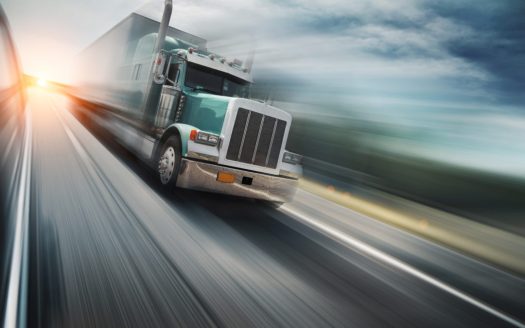Longtime readers of Cafe Racer magazine will know we’re beyond skeptical when it comes to the rush to fill our roads with autonomous vehicles. The tecchies see a veritable gold rush in an unproven technology that rightfully strikes fear into the hearts of the two-wheeled community. A few years back I interviewed a representative from ride share platform Uber who, back in 2017, were chomping at the bit to lay off their legion of gig-economy drivers and replace them with computer programs that, it was assumed, could do their jobs more efficiently.
The Uber rep swore the company’s work on self-driving cars would eventually encourage most automobile drivers to hang up their keys for good, a claim that sounded downright nuts even at the height of the hype surrounding this ill-conceived formula.
He also admitted that Uber’s engineers had done little to no research on how these driverless cars would interact with motorcycles and other small vehicles, and in the years since the American Motorcyclist Association has issued sveral warnings about this unfortunate fact.
And even though several high-profile crashes, a pedestrian death in Las Vegas and other mishaps have somewhat slowed the mania for hands-free cars, we had to laugh recently when autonomous truck proponents Aurora and Waymo have been denied federal approval to launch a fleet of software-driven 18-wheelers after the Federal Motor Carrier Safety Administration noticed a glaring omission in their plans: the tech giants hadn’t paused to consider how a driverless truck could possibly deploy the series of federally-required orange reflective hazard triangles that all over-the-road trucks are required to carry. This sounds like a silly comedy routine on SNL, but in all seriousness, the geniuses at the country’s two biggest driverless technology firms somehow overlooked the need to have their robot vehicles warm actual human drivers and motorcyclists of the dangers caused when a truck breaks down.

The first of these half-blind behemoths was slated to begin service in Texas in April, but has now been delayed indefinitely. Waymo and Aurora, naturally, are suing the Feds as they’re more concerned with pleasing their deep-pocketed investors than operating safe vehicles on public roads.
It makes us wonder: if these clowns haven’t considered how to have their robots deploy safety equipment, how much have they studied how a driverless truck would react to, say a motorcycle in their lane or a road hazard of any kind?
Hopefully, there will be increased scrutiny of their craziness before we’re forced to share the road with vehicles that can’t seem to get out of their own way.






